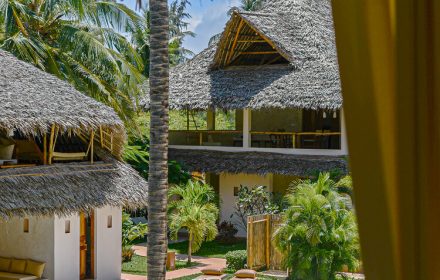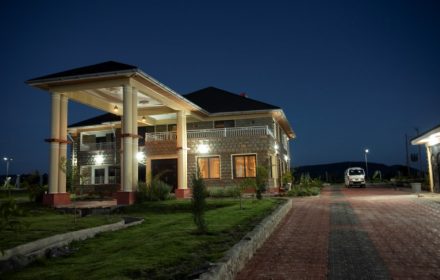You might not realize it, but chicks can start exploring the outdoors at just a few weeks old if you follow the right steps. It’s not as simple as opening the coop door, though. You’ll need to consider several factors, including weather, predators, and the setup of their new environment. By gradually increasing their outdoor time and monitoring their behavior, you can ensure they’re ready for this big transition. Curious about how to make this process smooth and safe for your young flock? Let’s explore the essential steps to prepare your chicks for their first outdoor adventure.
Articles by V
When you’re looking for horse feed stores near you, your journey starts with a simple online search using targeted keywords and location specifics. But don’t stop there—local directories can offer a wealth of information on pricing and delivery options. Engaging with social media platforms like Facebook groups and Instagram can provide crowd-sourced insights and recommendations from fellow horse owners. Curious about other strategies that can refine your search and ensure you find the best feed for your horse?
Some things in life are free. Mother Nature is one of them. There is something in nature that does wonders to our souls, minds, and bodies. It is our responsibility to take advantage of the beauty around us for the greater good. And watch the magical power of nature unfold before you as you experience life day by day. Take a much-deserved break and make a trip to Hell’s Gate National Park. Why is Hell’s Gate National Park a highly recommended place for an occasional visit? It is because of the natural beauty. Why is nature important? Here is why.
Frequency Asked Questions About Museum in Kenya
Shs. 6,750/- bed&breakfast per person per night at Palm Garden Boutique Hotel Watamu. Valid until 21 December 2024
Details have emerged about an offer from Ruto to Odinga regarding a broad-based Cabinet amid tensions within the opposition over collaboration with the Kwanza government.
Salaries and Remuneration Commission has extended the existing salary increase freeze of all public officials, dashing the hopes of government employees who were anticipating higher incomes.
Shs. 15,000/- full-board per person per night at Mara Meguarra Sanctuary. Valid until 22 December 2024
Ruto reaffirmed his leadership and determination to steer Kenya during his visit to Nyandarua County, where he attended his first church service since the protests.
Odinga has defended his call for dialogue, emphasizing it will be a conversation driven by the people rather than a means for sharing Cabinet positions.





